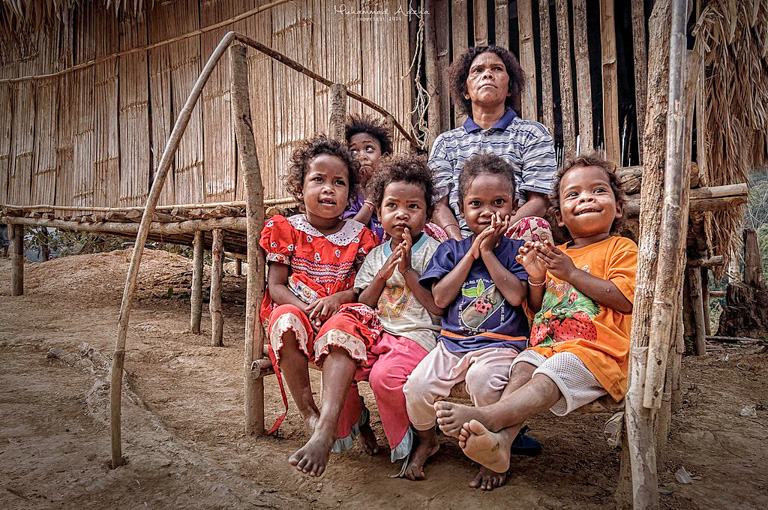- A team of researchers found that support for new road construction was split among indigenous communities living in Malaysia.
- In general, people living in communities near an existing highway were more likely to support roads than those living in villages farther away from the highway.
- The authors write that the findings lend support to the need for comprehensive social impact assessments before and during the construction of new roads.
Politicians and planners often sell roads as wholly beneficial to communities. New arteries open up opportunities for employment, connections to markets and access to services such as health care, so the thinking goes.
Despite these potential benefits, however, support for new roads isn’t universal. That’s a key finding of a recent study of indigenous communities in Malaysia, published Oct. 10 in the journal Human Ecology.

“I did not expect such divided opinions,” Gopalasamy Reuben Clements, lead author of the study and a conservation scientist who co-founded the research organization Rimba, said in an email.
“For example, indigenous people living further from the road had much stronger negative opinions of roads,” Clements, also an associate professor in biological sciences at Malaysia’s Sunway University, said. “I assumed that most of them would have wanted similar lifestyles of those living nearer to roads!”
Prior research has documented the environmental dangers that accompany road construction, from fractured wildlife habitats to altered water dynamics. Often, too, the promised social and economic benefits don’t materialize the way they’re presented by project proponents.

“Studies in Latin America have shown that roads can dramatically alter the livelihoods of indigenous people once a road is built near them,” said Clements, who led the research as a doctoral student at James Cook University in Cairns, Australia. “I wanted to investigate whether indigenous people living near roads in Peninsular Malaysia were similarly affected.”
Clements and his colleagues chose an area of northern Malaysia in the Belum-Temengor Forest Complex that’s home to the Jahai and Temiar indigenous groups. The forest, some of which has remained untouched, is a bastion of plant and animal species, including Malayan tigers (Panthera tigris jacksoni). And for more than 30 years, the Route 4 highway has also cut a 203-kilometer (126-mile) path through the region.
Across 10 villages of the indigenous groups near the border with Thailand, the team spoke with nearly 170 people. They chose to interview only men since they were most likely to be involved in natural resource extraction and thus the use of the roadway. Several of these villages are close to the highway and others are farther away, which gave Clements and his colleagues the chance to compare perspectives based on those disparate experiences.
The team found that people from communities that weren’t close to the road were more skeptical about the prospect of a new road than people in communities that were next to the highway. In fact, living proximity was the single best predictor for whether people supported the idea of a new road or not.

What a person did for a living, however, didn’t matter as much, the scientists found.
“For some indigenous people living near the highway, they actually wanted more roads to be built, even though they were not reliant on the highway for their livelihoods,” Clements said.
He added it would take more research to conclude whether people closer to the highway saw measurable benefits not available to those living farther away.
“I believe that quantifying benefits and costs from a road is subjective,” Clements said. “A more in-depth and long-term study by social scientists and economists may be able to tease apart real and perceived benefits of roads.”
He and his colleagues say the process of planning a road should similarly dig into the potential knock-on effects of a road, finding ways to manage both the anticipated and unanticipated issues that arise for affected communities with social impact assessments, or SIAs.
“The interviews that I conducted in this study would just be one component of a SIA,” Clements said.
Banner image of a Malayan tiger (Panthera tigris jacksoni) by Rennett Stowe via Wikimedia Commons (CC 2.0).
John Cannon is a Mongabay staff writer based in the Middle East. Find him on Twitter: @johnccannon
Citation
Clements, G. R., Aziz, S. A., Bulan, R., Giam, X., Bentrupperbaumer, J., Goosem, M., … & Laurance, W. F. (2018). Not Everyone Wants Roads: Assessing Indigenous People’s Support for Roads in a Globally Important Tiger Conservation Landscape. Human Ecology, 1-7.
FEEDBACK: Use this form to send a message to the author of this post. If you want to post a public comment, you can do that at the bottom of the page.
